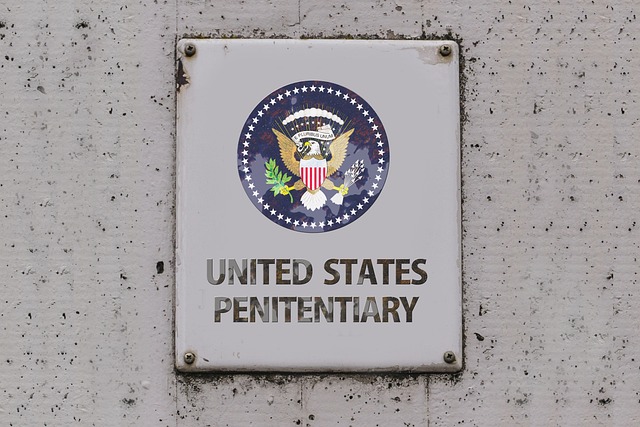College campus DUI prevention requires tailored strategies based on geographical factors. Rural areas, with lower densities, may have stricter BAC limits and face longer emergency response times, necessitating community outreach and advanced surveillance technology to enhance safety. Urban campuses, dealing with high traffic congestion, benefit from innovative tactics like smart cameras and peer-led educational campaigns. Effective college campus DUI prevention involves adaptive methods that address unique challenges in rural and urban settings, leveraging technology, education, and community engagement for better results.
In the realm of DUI (Drunk Driving Under Influence) prevention, distinct strategies are required for rural and urban areas, especially regarding college campuses. While urban centers grapple with high-density populations and bustling streets, rural regions present unique challenges, such as lower population densities and limited access to resources. This article explores these disparities through the lens of college campus DUI prevention, analyzing key differences in laws and innovative strategies tailored to each setting’s specific needs. By understanding these nuances, we can enhance efforts to combat this pervasive issue.
- Understanding Rural and Urban DUI Laws: Key Differences
- College Campus DUI Prevention Strategies in Rural Areas
- Urban Settings: Innovative Approaches to Combat DUI on Campuses
- Comparative Analysis: Effectiveness of Prevention Methods
Understanding Rural and Urban DUI Laws: Key Differences

In the context of College Campus DUI Prevention, understanding rural and urban DUI laws is crucial for tailoring effective safety measures. Rural areas often have lower population densities and different driving patterns compared to urban centers. Consequently, their DUI laws may reflect these distinct characteristics. For instance, rural regions might enforce stricter blood alcohol limits due to the reduced availability of immediate medical assistance and higher risks associated with long distances between incidents and response times.
In contrast, urban areas face unique challenges like heavy traffic congestion and a higher prevalence of bars and clubs, leading to more frequent DUI incidents. As such, urban DUI laws may focus on enhancing enforcement strategies within densely populated areas, utilizing techniques like saturation patrols and heightened sobriety checkpoints near entertainment districts. These variations in legislation underscore the need for campus safety programs to adapt their prevention methods based on geographical considerations.
College Campus DUI Prevention Strategies in Rural Areas

In rural areas, where college campuses are often surrounded by vast landscapes and smaller communities, implementing effective College Campus DUI Prevention strategies requires a tailored approach. One key strategy is to engage local residents and businesses in campus-wide efforts to promote responsible drinking and deter impaired driving. This can involve community outreach programs, joint law enforcement initiatives, and educational campaigns that highlight the unique challenges of rural DUI cases, such as longer response times for emergency services.
Additionally, leveraging technology can significantly enhance College Campus DUI Prevention efforts. Installing advanced surveillance systems and implementing mobile breath testing units allow for more proactive monitoring and immediate response to potential DUI incidents. These measures, combined with student education and accountability programs, create a safer environment by reducing the availability of alcohol and increasing awareness about the consequences of impaired driving in rural settings.
Urban Settings: Innovative Approaches to Combat DUI on Campuses

In urban settings, especially around college campuses, addressing DUI (Driving Under the Influence) presents unique challenges. With dense populations and high vehicle traffic, traditional law enforcement methods often fall short in preventing drunk driving. Innovative approaches are crucial to combat this issue on campuses. One such strategy involves utilizing advanced technology for surveillance and identification. This includes implementing smart cameras that can detect unusual driving patterns and suspicious behavior, helping authorities identify potential DUI offenders more efficiently.
Furthermore, urban college communities actively foster educational initiatives aimed at raising awareness about the dangers of DUI. These programs often involve peer-to-peer education, where students play a proactive role in promoting responsible drinking habits. Regular events like workshops, seminars, and interactive campaigns help dispel myths surrounding alcohol consumption and driving, ultimately encouraging safer choices among their peers. Such proactive measures contribute significantly to College Campus DUI Prevention efforts.
Comparative Analysis: Effectiveness of Prevention Methods

In comparing rural and urban settings for DUI (drunk driving) laws, a significant factor to consider is the effectiveness of prevention methods employed. Rural areas often face unique challenges when it comes to DUI enforcement due to lower population densities and limited access to resources. This can impact the implementation of traditional college campus DUI prevention strategies, which typically rely on high visibility policing and public education in densely populated urban environments. For instance, while sobriety checkpoints are a common practice in cities, their practicality in rural areas with fewer residents and longer response times may be questionable.
Rural communities may instead benefit from tailored approaches such as community-based educational programs that target local businesses and organizations, given the close-knit nature of these areas. Additionally, integrating technology to enhance prevention efforts could prove effective. For example, utilizing social media platforms or mobile apps to spread awareness and promote designated driver initiatives might resonate better with younger rural populations, including college students. This comparative analysis underscores the need for adaptive strategies in DUI prevention that account for distinct geographical and socio-demographic factors.
In conclusion, understanding the distinct challenges posed by rural and urban settings is crucial for developing effective DUI prevention strategies on college campuses. While rural areas may have less stringent laws, their vast distances and sparse populations require innovative solutions like increased officer presence and community engagement. Urban campuses, on the other hand, benefit from more robust legal frameworks but must tackle high population densities through targeted initiatives such as public transportation promotion and peer education programs. A comparative analysis reveals that a tailored approach based on these key differences significantly enhances the effectiveness of college campus DUI prevention efforts.






